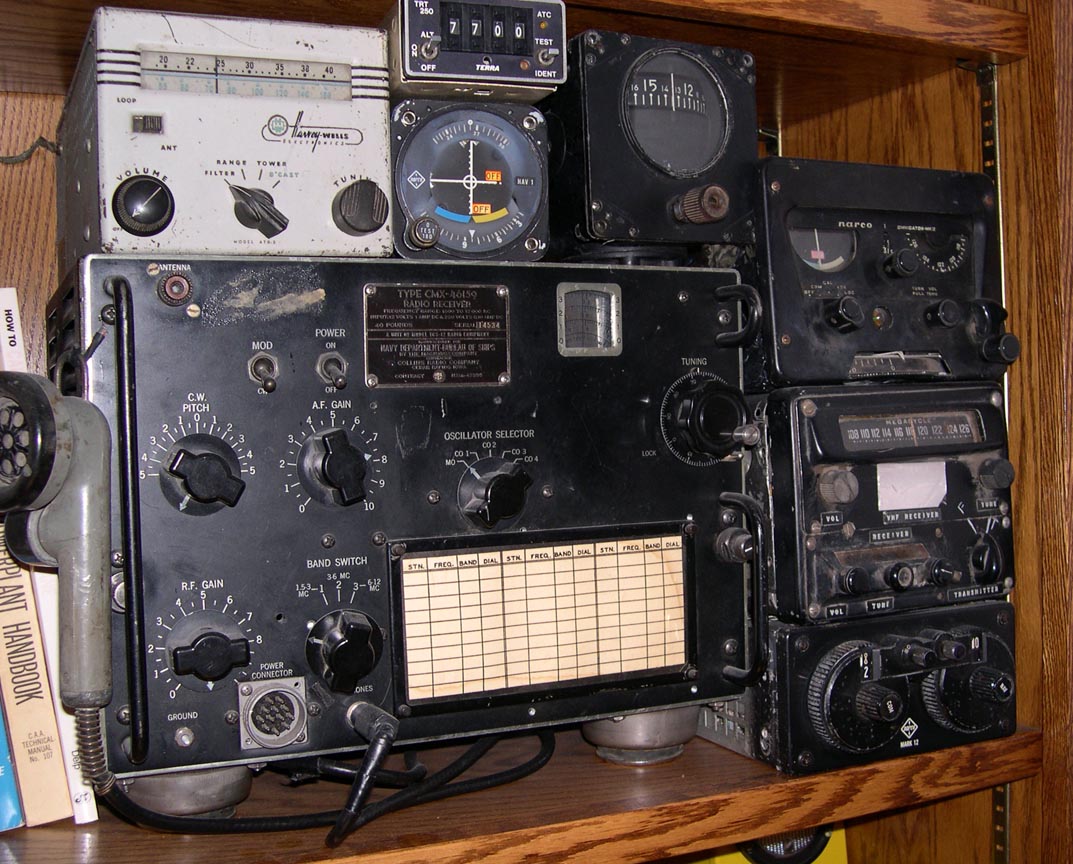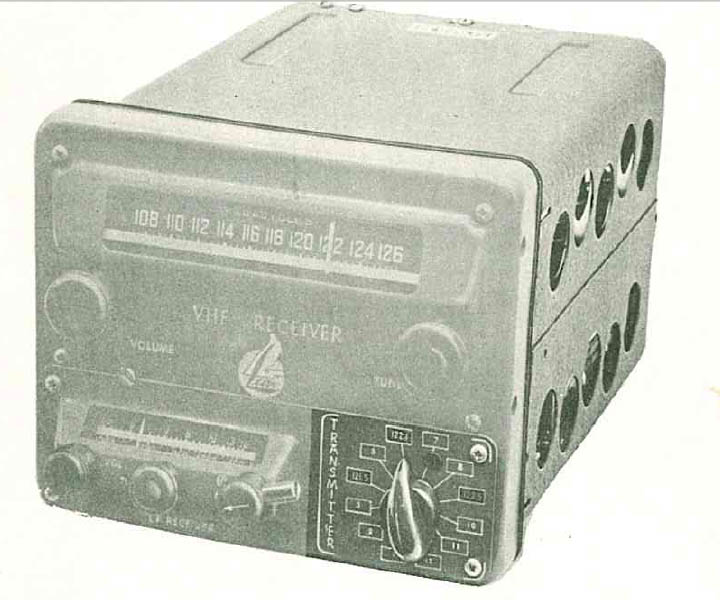ChrisK
En-Route
I am sure my google fu sucks and someone will blow me away with the link to end all links, but i have what amounts to a simple two part question.
When were com radios first used in GA aircraft and when was their use common?
I have an author friend to whom a fairly precise answer is relevant to her work and I honestly do not know.
When were com radios first used in GA aircraft and when was their use common?
I have an author friend to whom a fairly precise answer is relevant to her work and I honestly do not know.






